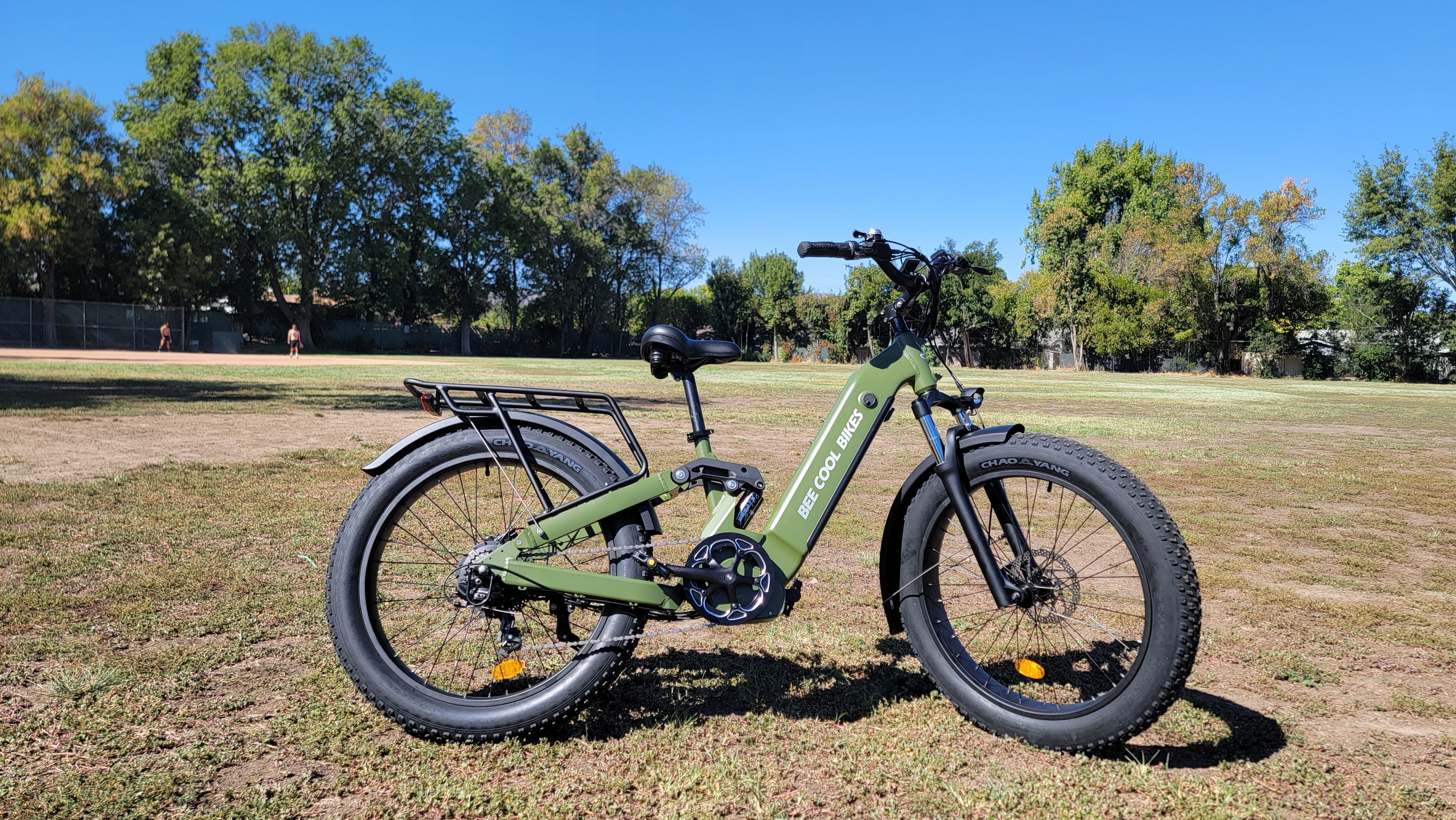
For many riders, the biggest challenge in cycling—whether on a traditional bicycle or an electric bike (e-bike)—is hill climbing. Steep inclines test not only leg strength but also the efficiency of the bike’s drivetrain and motor system. While electric bikes for hills already provide an advantage thanks to their motors, true climbing performance depends on more than just wattage or battery capacity.
The real secret lies in the combination of a 7-speed gear system and a 5-level pedal assist (PAS) system. This pairing allows riders to fine-tune their effort, conserve battery power, and tackle steep inclines with confidence.
In this comprehensive guide, we’ll explain how gears and pedal assist work together, why this system is ideal for climbing, and how to get the most out of your e-bike on hills.
Section 1: Understanding the 7-Speed Gear System
1.1 What is a 7-Speed E-Bike Gear System?
A 7-speed gear system refers to a derailleur or internal hub mechanism that provides seven distinct gear ratios. Each gear changes the mechanical advantage between the rider’s pedaling cadence and the rotation of the rear wheel.
-
Low gears (1–2): Maximum torque for steep hills.
-
Mid gears (3–5): Balance between speed and torque, great for rolling terrain.
-
High gears (6–7): Higher speeds on flat roads or descents.
1.2 Why 7 Gears Are Ideal for E-Bikes
Unlike traditional mountain bikes with 21 or more gears, most climbing e-bikes use 7-speed systems because:
-
The motor supplements power, reducing the need for excessive gears.
-
Fewer gears mean easier maintenance.
-
Seven gears cover all typical terrains, including hills.
1.3 Gear Ratio and Climbing Advantage
Lower gears reduce pedal resistance, making hill climbing smoother and less tiring. On electric bikes for steep hills, the 7-speed gear system works like a manual transmission in a car—letting you downshift before a climb to maintain momentum and cadence.
Section 2: Understanding 5-Level Pedal Assist (PAS)
2.1 What is Pedal Assist on an E-Bike?
Pedal assist is an electric bike climbing feature where the motor engages to support your pedaling effort. A 5-level PAS system provides different power levels:
-
Level 1 – Eco mode: Minimal assist for flat terrain.
-
Level 2 – Low assist: Helps on mild inclines.
-
Level 3 – Medium assist: Balanced power for rolling hills.
-
Level 4 – High assist: Extra torque for steeper grades.
-
Level 5 – Max assist: Full motor output for the steepest climbs.
2.2 Benefits of 5 PAS Levels
-
Customizable power output for different slopes.
-
Efficient hill climbing without exhausting the rider.
-
Battery conservation by using only as much support as needed.
-
Best e-bike climbing experience for both beginners and advanced riders.
Section 3: How 7 Gears + 5 PAS Create the Best E-Bike for Hills
3.1 The Power of Dual Systems
-
Gears provide mechanical advantage.
-
PAS provides electric torque.
Together, they deliver the ultimate e-bike hill climbing power.
3.2 Real-World Hill Climb Examples
-
Shallow incline (3–5% grade):
-
Gear: 4–5
-
PAS: Level 2–3
-
-
Moderate incline (6–8% grade):
-
Gear: 2–3
-
PAS: Level 3–4
-
-
Steep climb (10%+ grade):
-
Gear: 1–2
-
PAS: Level 5
-
This smart combination ensures efficient climbing without draining the battery.
3.3 Why This Combination is the Best Setup
-
Smooth cadence on climbs.
-
Extended range by saving battery.
-
More control on steep terrain.
-
Confidence for new riders tackling hills.
Section 4: Technical Insights for E-Bike Hill Climbing
4.1 Torque and Power Distribution
-
Gears multiply leg torque.
-
PAS boosts overall torque with motor power.
-
The result: stronger climbing capability than gears or PAS alone.
4.2 Cadence Efficiency
Cyclists perform best at 70–90 RPM cadence. The 7-speed system keeps cadence steady, while PAS prevents loss of speed on hills.
4.3 Motor and Battery Efficiency
Climbing in a low gear with moderate PAS keeps the motor in its optimal power band, reducing overheating and extending battery life.
Section 5: Rider Benefits of 7-Speed + 5 PAS on Hills
-
Best e-bike for steep hills experience.
-
Longer battery range thanks to smart power usage.
-
Reduced knee and joint strain during climbs.
-
Confidence on all terrains—city streets, rural hills, or mountain trails.
-
Efficient cargo or commuter use on hilly routes.
Section 6: Climbing Tips for E-Bike Riders
-
Shift into a low gear before hills to avoid strain.
-
Match PAS to the incline—don’t overuse Level 5.
-
Conserve battery on long climbs with low gear + moderate PAS.
-
Maintain steady cadence instead of pushing hard.
-
Use momentum from flat terrain before hitting hills.
Section 7: Case Study – BeeCool Bikes and Hill Climbing
Take BeeCool Bikes’ Bee Ranger or Bee Explorer, which feature 7-speed Shimano gears and 5 PAS levels. Riders report:
-
Smooth climbing on 12% grade hills.
-
Battery efficiency improvements of 15–20% when gears are used correctly.
-
Confidence to explore hilly trails without worrying about range.
These real-world examples show why 7-speed + 5 PAS e-bikes are the best choice for hill climbing.
Section 8: The Future of E-Bike Hill Climbing
-
Smart shifting systems that auto-adjust gears on hills.
-
Adaptive PAS with AI torque sensors.
-
Regenerative braking on descents for battery recovery.
Technology will continue making electric bikes for hills even more capable.
Conclusion
If you’ve ever struggled with a climb, you know hills can make or break a ride. But with the right setup—a 7-speed gear system plus 5-level pedal assist—any rider can conquer inclines with ease.
This combination ensures:
-
Mechanical efficiency from gears.
-
Electric boost from PAS.
-
Battery savings and extended range.
-
The best e-bike climbing performance available today.
Whether you’re commuting through a hilly city, touring mountain trails, or carrying loads, this system transforms hills from obstacles into opportunities. With the right gear + PAS combo, every climb feels like victory.


